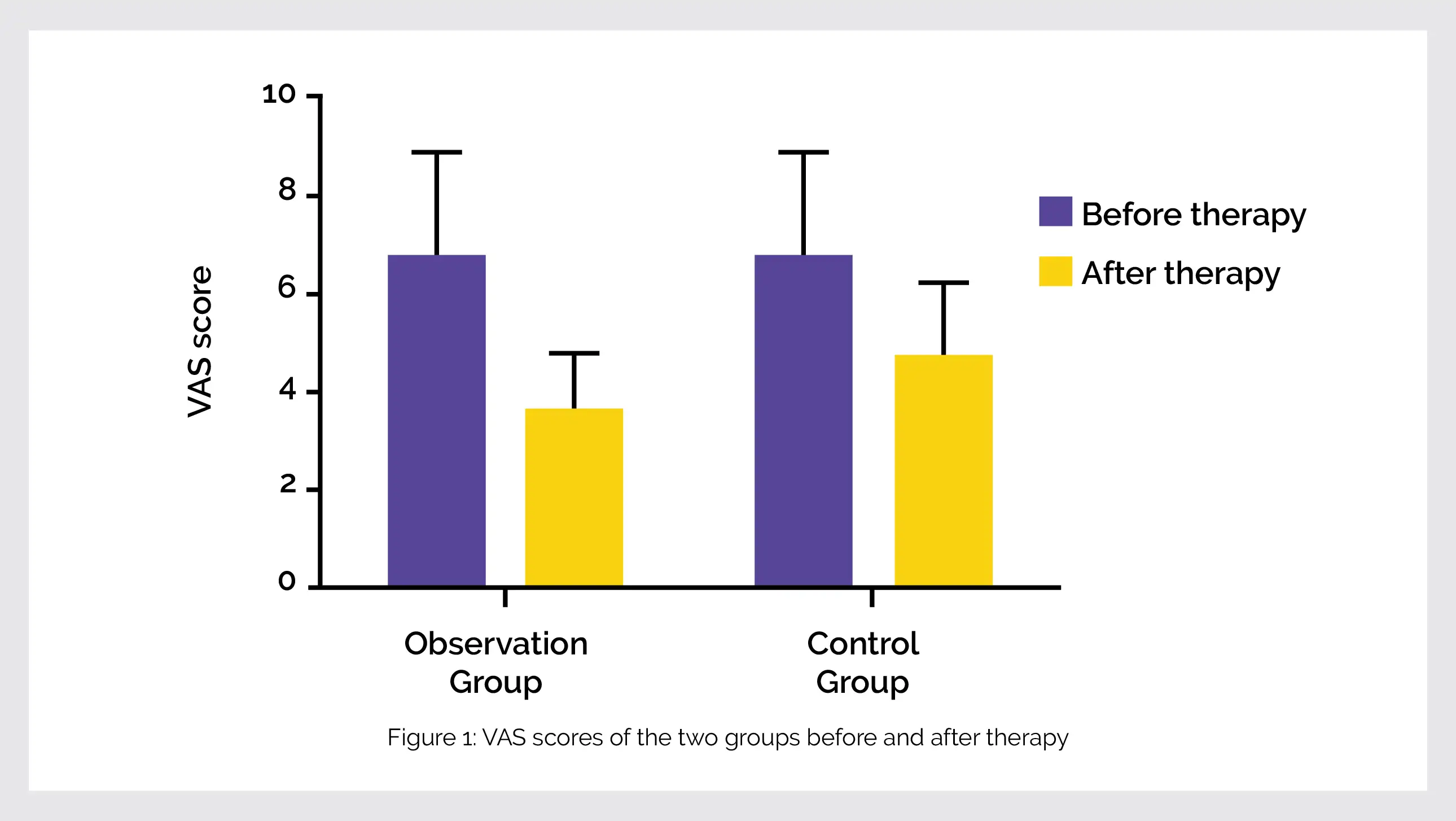Categories
Change Password!
Reset Password!


The triple antibiotic therapy has superior efficacy compared to dual antibiotic therapy in mitigating back pain and inflammation in patients with brucellosis spondylitis.
A retrospective analysis depicted that compared to dual antibiotic treatment (compound sulfamethoxazole + rifampicin), the triple antibiotic treatment (doxycycline + compound sulfamethoxazole + rifampicin) is more effective for the management of brucellosis spondylitis.
Xin-Ming Yang et al. aimed to examine the effect of triple vs. dual antibiotic therapy in 100 people diagnosed with brucellosis spondylitis. Participants were segregated into 2 groups: (i) Observation group (n = 50): Received triple antibiotic therapy (rifampicin + doxycycline + compound sulfamethoxazole), and (ii) Control group (n = 50): Dual antibiotic therapy (rifampicin + compound sulfamethoxazole).
The adverse reactions, treatment effect, alleviation of low back pain (assessed by visual analogue scale [VAS]), and levels of C-reactive protein (CRP), procalcitonin (PCT), and erythrocyte sedimentation rate (ESR) were evaluated. Compared to the control group, the observation group exhibited substantially greater response rates (66% vs. 84%), indicating that the therapeutic effect of triple antibiotic therapy is better than that of dual therapy.
Following treatment, the observation group illustrated reduced VAS scores (Figure 1) and a decrease in the levels of CRP, PCT, and ESR.

In terms of adverse reactions, no profound differences were noted between the observation and control group. Thus, compared to dual antibiotic therapy, the triple antibiotic therapy exerts a more significant effect on alleviation of inflammation and pain, with a relatively high safety profile.
Drug Design, Development and Therapy
Clinical Effect of Doxycycline Combined with Compound Sulfamethoxazole and Rifampicin in the Treatment of Brucellosis Spondylitis
Xin-Ming Yang et al.
Comments (0)